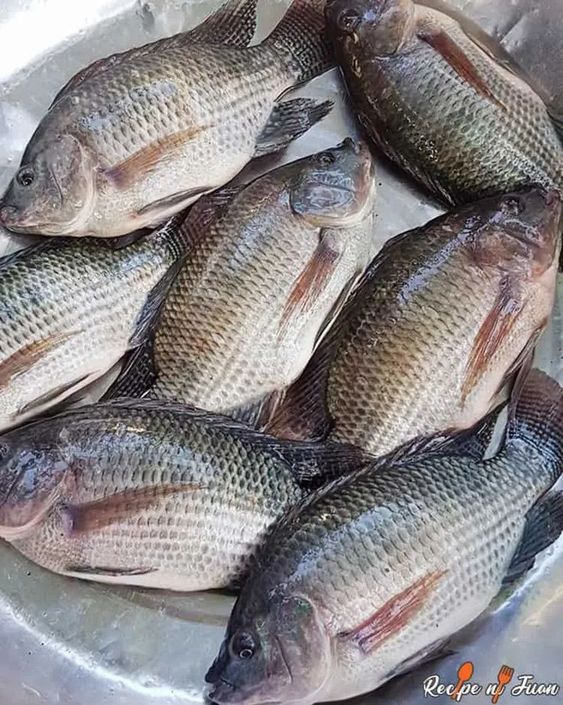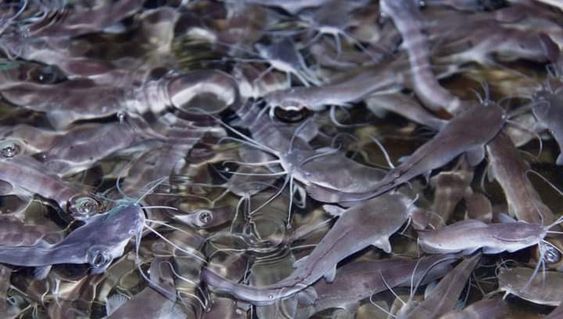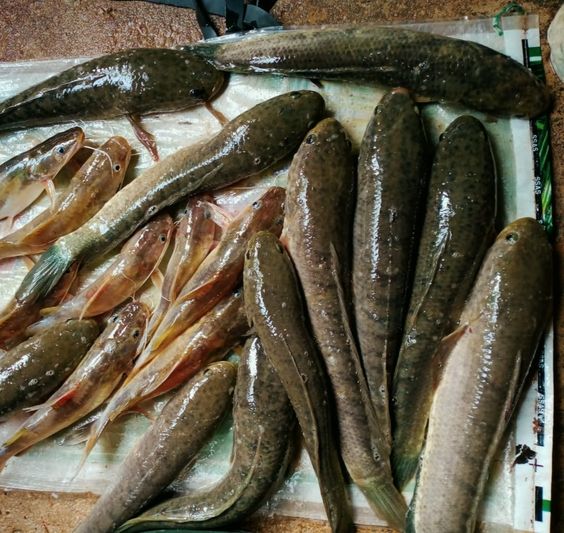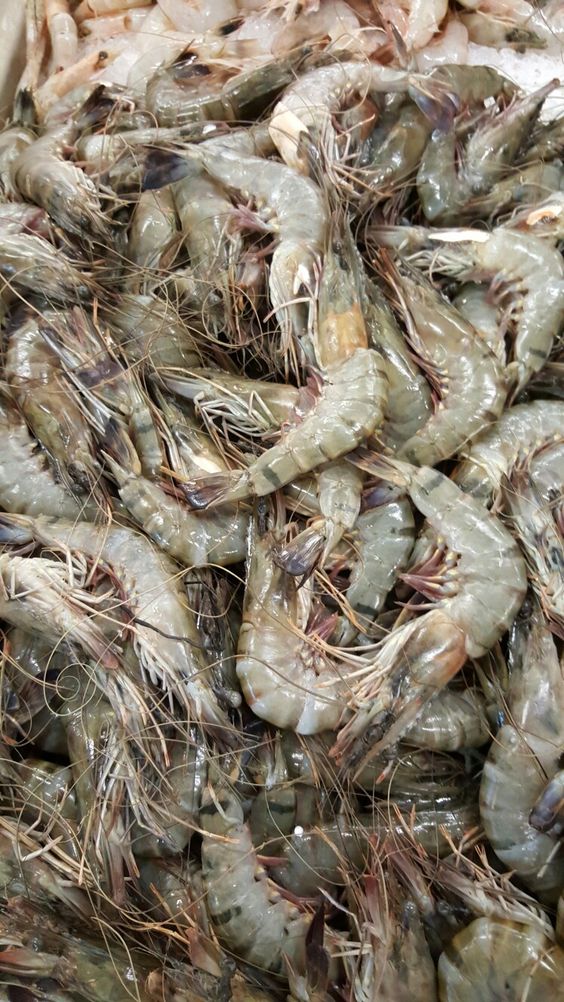Unveiling the Growth of Gourami Fish: From Tiny Fry to Market-Ready Marvels
Growth of Gourami Fish, a captivating freshwater fish known for its labyrinth organ and peaceful demeanor, is a popular choice for aquariums. But for those venturing into the world of gourami cultivation, understanding their growth patterns and maximizing their potential becomes crucial. This article delves into the fascinating world of gourami growth, exploring factors influencing their development, offering practical suggestions, and sparking discussions on optimizing their well-being.
Contents
Growth Stages of a Gourami: From Fry to Full Glory
The Growth of Gourami Fish journey can be broadly divided into four stages:
-
Fry Stage (0-2 weeks): Following successful hatching, gourami fry are incredibly fragile, measuring a mere millimeters in length. During this vulnerable period, they primarily feed on infusoria, tiny microorganisms present in the water. Providing a clean, well-maintained environment is paramount for their survival.
-
Fingerling Stage (2 weeks – 2 months): As they mature, fry graduate to a diet of brine shrimp and finely ground flakes. This stage witnesses a significant growth spurt, with fingerlings reaching a size suitable for larger tanks.
-
Juvenile Stage (2 months – 6 months): Juveniles exhibit a marked increase in appetite and activity. Their diet can now be supplemented with high-quality commercial pellets and flakes formulated for gouramis. Maintaining good water quality and offering ample hiding spaces remain essential during this period.
-
Adult Stage (6 months onwards): Reaching sexual maturity signifies adulthood for gouramis. Their growth rate slows down considerably, and their focus shifts towards establishing dominance and breeding.
Factors Affecting Growth of Gourami Fish: Optimizing the Journey
Growth of Gourami Fish,Several factors significantly influence the growth rate and overall health of gourami:
-
Diet: A balanced diet rich in protein, essential vitamins, and minerals is vital for optimal growth. Gouramis are omnivores, so incorporating a variety of food sources, including live foods like bloodworms, vegetable matter like blanched spinach, and high-quality commercial feeds, is recommended.
-
Water Quality: Maintaining pristine water conditions is critical for healthy growth. Ammonia, nitrite, and nitrate levels should be closely monitored and kept within acceptable ranges through regular water changes and filtration. Additionally, maintaining the appropriate water temperature (ideally between 75°F and 82°F) is essential for proper metabolism and activity levels.
-
Tank Size and Stocking Density: Overcrowding a tank can create stress and hinder growth. Choosing the appropriate tank size for the gourami species and maintaining a reasonable stocking density are essential.
-
Stress: Stress is a major growth inhibitor in fish. Minimizing stress factors like aggressive tank mates, sudden changes in water parameters, and excessive noise can significantly improve growth rates.
Benefits of Understanding Gourami Growth: A Well-Rounded Approach
Growth of Gourami Fish,Beyond aesthetics, comprehending gourami growth offers several benefits to fishkeepers:
-
Improved Health Outcomes: Understanding how growth factors influence gourami health empowers aquarists to create a more suitable environment for their fish, reducing the risk of disease and promoting overall well-being.
-
Enhanced Breeding Success: Understanding the growth stages and nutritional needs specific to each stage allows aquarists to optimize breeding efforts.
-
Sustainable Practices: By optimizing growth rates, aquarists can minimize resource consumption, contributing to more sustainable aquaculture practices.
Ideas and Suggestions for Fostering Optimal Gourami Growth
Here are some practical ideas to nurture thriving gourami:
-
Variety is Key: Implement a diverse feeding schedule with a variety of food sources to cater to the gourami’s nutritional requirements at each stage of growth.
-
Live Food Boost: Periodically introducing live foods like bloodworms or brine shrimp can stimulate growth and enhance the gourami’s natural foraging instincts.
-
Gradual Transitions: When transitioning fry to new food sources, introduce the new food alongside their existing diet, allowing them to adjust gradually.
-
Monitor Growth Rate: Keeping track of your gourami’s growth through regular size measurements allows you to identify any potential issues and adjust your approach accordingly.
-
Peaceful Tank Mates: Opt for gourami species that are compatible with each other and avoid housing them with aggressive fish that can create stress.
-
Routine Maintenance: Maintain a consistent water change schedule, clean the filter regularly, and monitor water parameters to ensure pristine water quality for optimal growth.






